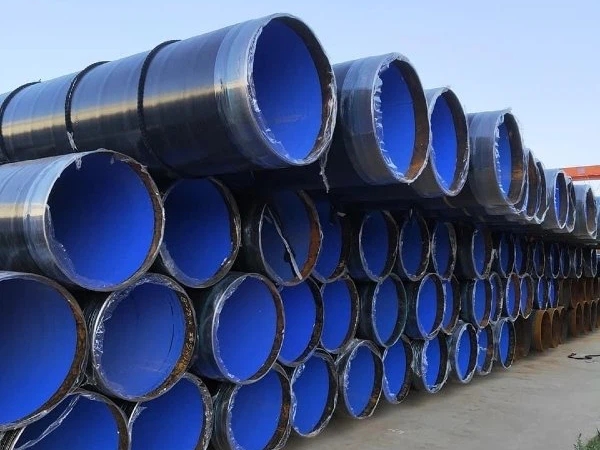Manufacturing defects can occur in Submerged Arc Welded (SAW) steel pipes during the production process. Identifying and addressing these defects is essential to ensure the quality and integrity of the pipes. United Steel Industry will introduce some common manufacturing defects in SSAW steel pipes in this passage.

1. Weld Defects:
- Lack of Fusion: This occurs when the weld metal does not fuse completely with the base material, resulting in a weak joint.
Incomplete Penetration: Incomplete fusion through the thickness of the pipe wall can weaken the weld.
Porosity: Gas pockets or voids in the weld can reduce the strength and corrosion resistance of the pipe.
Slag Inclusion: Incomplete removal of slag from the weld can lead to defects and weaknesses.
Undercut: This is a groove in the parent metal near the weld, which can decrease the strength of the joint.
2. Misalignment:
When the edges of the steel strip do not align correctly before welding, it can result in an uneven weld or a mismatch in dimensions.
3. Weld Seam Irregularities:
Uneven weld seams can occur if the steel strip is not properly aligned or if the welding process is inconsistent.
4. Wall Thickness Variations:
Variations in the wall thickness of the pipe can occur due to issues during the forming and welding processes.
5. Surface Imperfections:
Surface defects such as scratches, dents, or pits on the pipe's outer or inner surface can affect the pipe's integrity and appearance.
Dimensional Inaccuracies:
Deviations from the specified dimensions or out-of-roundness can result from issues during the forming and welding processes.
Manufacturers use various quality control and inspection methods to detect and address these defects. Non-destructive testing methods like ultrasonic testing, X-ray testing, and magnetic particle inspection are employed to identify defects without damaging the pipe. Additionally, hydrostatic pressure testing is often used to check the pipe's ability to withstand pressure and ensure its integrity.
Proper quality control measures, including regular inspection and testing, are crucial to maintaining the quality and reliability of SSAW steel pipes. Addressing manufacturing defects early in the production process helps prevent issues in the final product and ensures the safety and performance of the pipes in various applications.